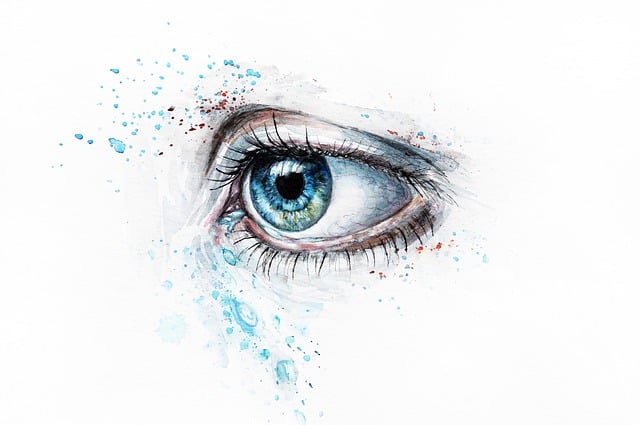
Welcome to our comprehensive guide on the 8 essential fundamentals of sketching. Whether you're an aspiring artist or a seasoned sketcher looking to enhance your skills, this article will provide you with valuable insights and techniques to elevate your artwork.
From mastering line quality and shading techniques to exploring the art of rendering and creating depth, we'll cover it all.
Join us as we delve into the world of sketching and unlock your creative potential.
Understanding Line Quality
In order to fully grasp the concept of line quality, it is imperative to carefully examine and appreciate the various nuances and intricacies that different types of lines can bring to a sketch.
Mastering line work is an essential skill for any artist, as it sets the foundation for creating depth, perspective, and form in a drawing.
Sketching techniques play a vital role in achieving the desired line quality. The importance of sketching techniques lies in their ability to help artists convey their ideas and emotions effectively.
Through practicing different stroke techniques, artists can manipulate the thickness, weight, and direction of lines, allowing them to add texture, convey movement, and create emphasis in their sketches.
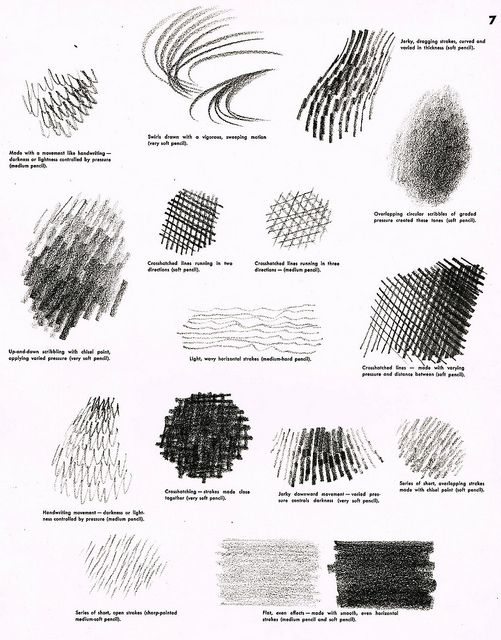
Mastering Shading Techniques
To truly excel in the art of sketching, artists must master not only line quality but also the intricate art of shading, as it plays a crucial role in bringing depth, dimension, and realism to their drawings.
Shading is the technique used to create the illusion of light and shadow on a two-dimensional surface. One popular method of shading is blending, which involves smoothly transitioning from one value to another. This can be achieved using tools such as blending stumps or even your fingers to gently smudge the graphite or charcoal.
Another technique is cross hatching, which involves drawing a series of parallel lines that intersect with another set of lines at an angle. This creates areas of value and adds depth and dimension to the drawing.
Exploring the Art of Rendering
When it comes to exploring the art of rendering, understanding the importance of lighting is crucial. By mastering techniques for realism, artists can bring their sketches to life by creating depth and texture.
Whether it's through the use of hatching, cross-hatching, or stippling, rendering allows artists to add a sense of realism and dimension to their drawings.
Importance of Lighting
Understanding how lighting affects the overall rendering of a sketch is crucial for achieving depth and realism in artistic compositions. The use of lighting can transform a flat, two-dimensional image into a vibrant, three-dimensional representation.
Here are four key points to consider when exploring the importance of lighting in rendering:
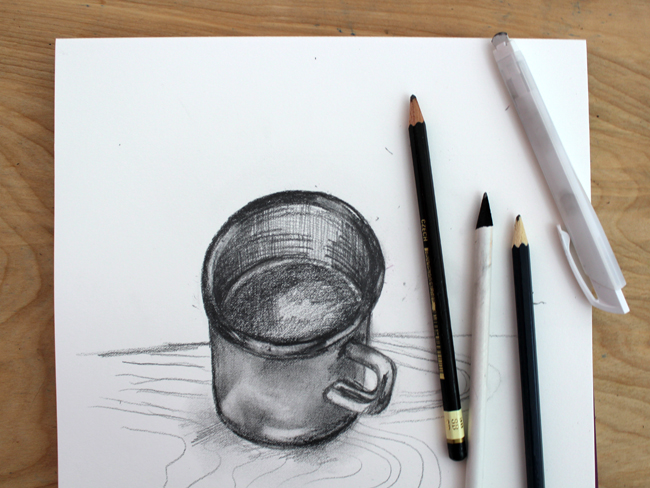
Creating mood: Lighting can evoke various emotions and set the tone for a composition. By strategically placing light sources and adjusting their intensity, artists can convey feelings of warmth, tranquility, mystery, or drama.
Enhancing composition: Lighting can highlight specific elements within a sketch, directing the viewer's attention and creating a sense of balance and harmony. It can also create interesting shadows and highlights that add visual interest to the composition.
Adding realism: Properly rendered lighting can make objects appear more realistic by accurately depicting how light interacts with different surfaces, materials, and textures. It can create the illusion of depth, volume, and dimension.
Color and lighting: The color of light can greatly influence the mood and visual appearance of a sketch. Different light sources emit different colors, and understanding how to utilize these color variations can add depth and vibrancy to the composition.
Techniques for Realism
Achieving a high level of realism in artistic compositions requires mastering various rendering techniques and understanding the principles of light, shadow, and texture. To create realistic textures, artists must pay close attention to the details, such as the fine lines and subtle variations in color and value.
By carefully observing real-life objects and studying their textures, artists can replicate these textures in their drawings. Additionally, achieving lifelike proportions is essential for creating realistic renderings. Artists should practice measuring and comparing proportions accurately to ensure that their drawings accurately represent the subject.
This can be done by using measurement techniques such as sighting, where artists compare the proportions of different parts of the subject to ensure accuracy. By combining these techniques, artists can create drawings that are visually engaging and appear lifelike to the viewer.

Creating Depth and Texture
Creating depth and texture in a drawing is essential for bringing the artwork to life and captivating the viewer's attention. By adding texture, an artist can create illusions of roughness, smoothness, or even the appearance of different materials.
Here are four techniques that can help you achieve depth and texture in your drawings:
Cross-hatching: This involves drawing parallel lines in different directions to create shading and texture.
Stippling: Using small dots or dashes, stippling can create a range of textures and tones.
Sgraffito: This technique involves scratching the surface of the drawing to reveal the layers underneath, adding depth and texture.
Blending: By using tools like blending stumps or your fingers, you can smooth out lines and create a seamless transition, adding depth to your drawing.
Creating Depth and Dimension in Your Sketches
When it comes to creating depth and dimension in your sketches, there are a few key techniques to keep in mind.
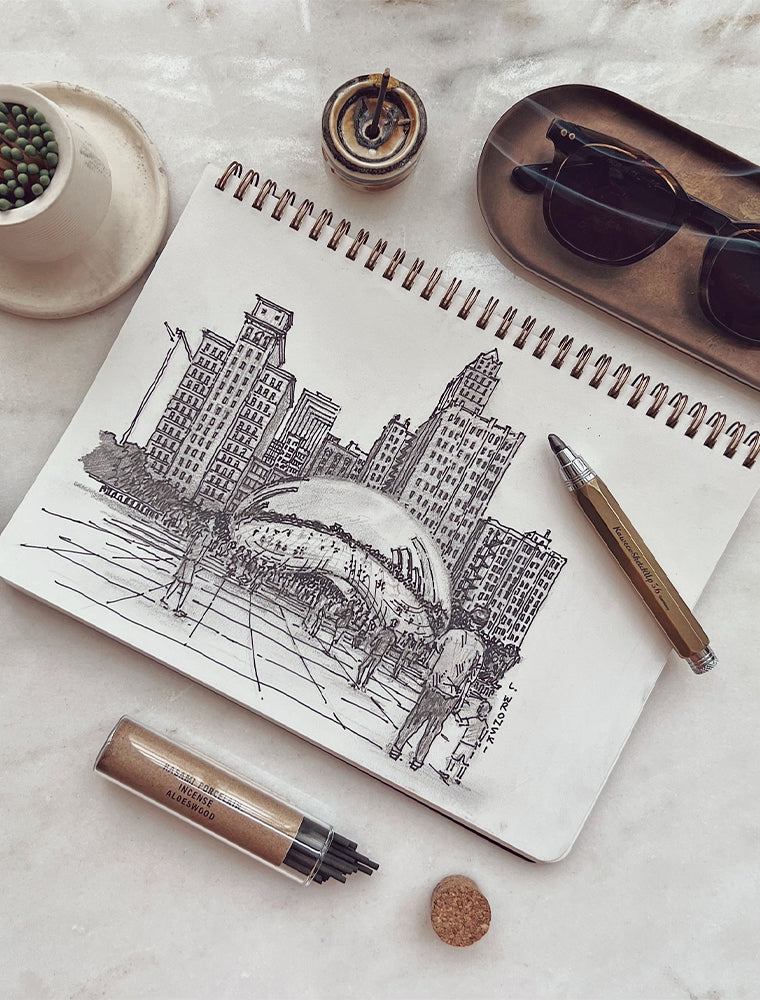
One of the most important is understanding the concept of perspective and how it can be used to give your drawings a sense of depth.
Techniques for Adding Depth
An effective way to enhance the depth and dimension in your sketches is by employing various techniques. Here are four techniques that can help you add depth to your drawings:
Atmospheric perspective: Use this technique to create the illusion of depth by gradually fading the intensity of colors and details as objects recede into the distance. This mimics the way atmospheric haze affects our perception of objects.
Overlapping objects: By overlapping objects in your sketches, you can create a sense of depth and distance. Place objects in front of each other, making sure that the closer objects partially cover the ones behind them.
Size and scale: Vary the size and scale of objects in your sketches to convey depth. Objects that are closer to the viewer should be larger, while those that are farther away should be smaller.
Value and shading: Use light and dark values to create depth. Add shading to your sketches to give objects a three-dimensional appearance, emphasizing the play of light and shadow.
Importance of Perspective
To achieve a sense of depth and dimension in your sketches, it is crucial to understand and apply the principles of perspective. Perspective is the technique used to create the illusion of three-dimensional space on a two-dimensional surface. It allows you to accurately represent objects in space and create a sense of depth in your drawings.
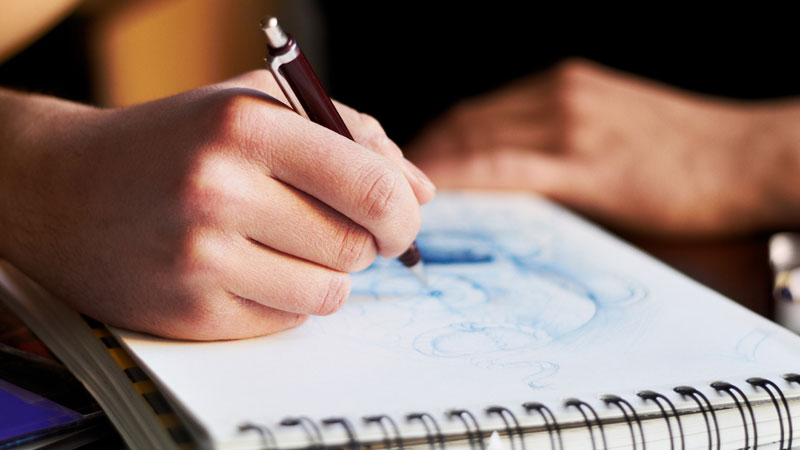
Understanding foreshortening, which is the distortion that occurs when objects are viewed from an angle, is essential to creating a realistic sense of space. By using techniques such as converging lines and vanishing points, you can accurately portray the way objects appear to recede into the distance.
Perspective is a powerful tool that adds realism and depth to your sketches, and by mastering it, you can elevate your artwork to new levels.
Capturing Light and Shadow
During the process of sketching, it is crucial to skillfully capture the interplay of light and shadow to create depth and realism in the artwork. To effectively capture highlights and understand shadows, consider the following:
Observe the light source: Identify where the light is coming from and how it interacts with the subject. This will help you determine the areas of highlights and shadows.
Study the values: Pay close attention to the range of values in the scene. Understand how light affects different surfaces and objects, and translate this onto your sketch.
Use different shading techniques: Experiment with hatching, cross-hatching, stippling, or blending to create varying degrees of light and shadow.
Practice tonal gradation: Gradually transition from light to dark areas, creating a sense of depth and volume in your sketches.
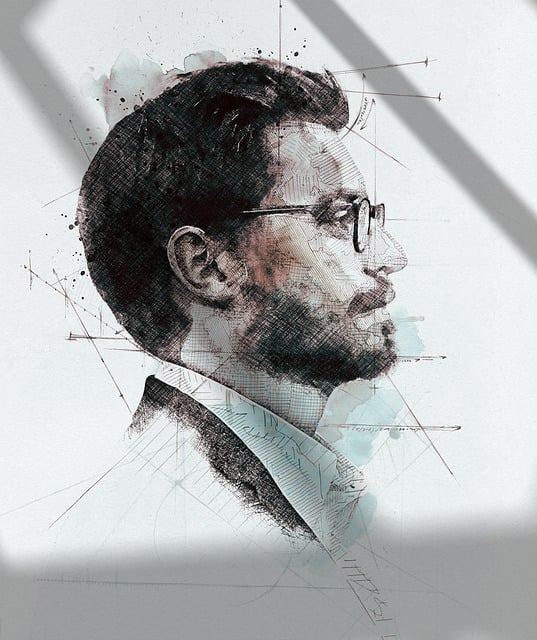
Enhancing Realism With Texture
With the skillful application of texture, sketch artists can elevate their work to new levels of realism and depth. Texture techniques play a vital role in creating tactile surfaces that add visual interest and a sense of touch to a sketch. By varying the texture, artists can convey different materials and surfaces, enhancing the overall realism of the artwork.
One technique is cross-hatching, which involves layering parallel lines in different directions to create texture and volume. Another method is stippling, where small dots are used to build up texture and shading. Artists can also experiment with using different tools and materials to create unique textures, such as incorporating rough brush strokes or using a textured paper.
Utilizing Contrast and Value in Sketching
Contrast and value in sketching are essential elements that can bring depth and dimension to an artwork. By understanding and utilizing contrast techniques and value principles, artists can create visually captivating sketches. Here are four key aspects to consider when working with contrast and value:
Light and dark: Experiment with different levels of shading to create contrast between light and dark areas. This can add depth and dimension to your sketch.
Contrast in texture: Vary the texture of different elements in your sketch to create contrast. Smooth surfaces can contrast with rough or textured surfaces, adding visual interest.
Contrast in line weight: Experiment with different line weights to create contrast between thin and thick lines. This can help define shapes and add emphasis to certain areas of your sketch.
Value range: Explore a wide range of values, from light to dark, to create a sense of depth and volume in your sketch. Utilize techniques such as hatching and cross-hatching to achieve different values.
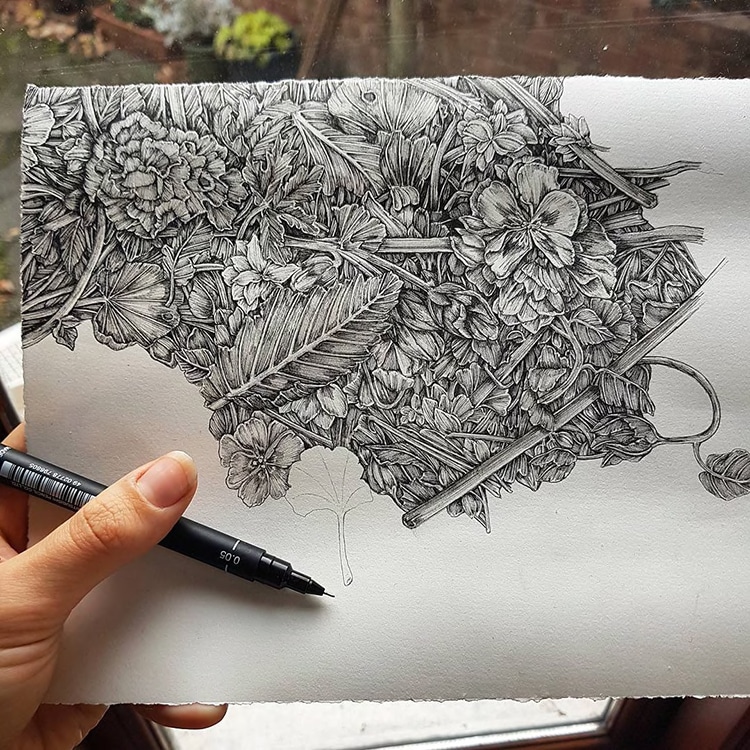
Developing Your Personal Style in Sketching
Through deliberate exploration and consistent practice, artists can cultivate their own unique and distinctive style in the realm of sketching. Developing a personal style is not only about technical skills, but also about finding inspiration and experimenting with different mediums.
It is important for artists to explore different subjects and styles, allowing themselves to be influenced by various sources of inspiration. By studying the works of other artists and experimenting with different techniques and materials, artists can begin to develop their own signature style.
This process requires time, patience, and a willingness to take risks and step outside of one's comfort zone. Embracing mistakes and allowing oneself to make unconventional choices are key to discovering a personal style that truly reflects one's individuality and artistic vision.
Frequently Asked Questions
What Are Some Common Mistakes to Avoid When Working on Line Quality in Sketching?
Common mistakes to avoid when working on line quality in sketching include inconsistent line thickness, shaky lines, and lack of precision. By improving accuracy, artists can achieve cleaner, more professional-looking sketches that effectively communicate their ideas.
How Can I Achieve a Realistic Shading Effect in My Sketches?
To achieve a realistic shading effect in sketches, it is important to utilize blending techniques and cross hatching. Blending techniques involve smoothly transitioning between different shades, while cross hatching creates a lifelike shading effect by using intersecting lines.
Are There Any Specific Tips for Creating Depth and Dimension in Sketches?
Creating depth and dimension in sketches requires a combination of techniques. Start by establishing a light source and understanding how it affects the subject. Gradually build up layers of shading, using varying pressure and strokes, to create realistic shadows and highlights.
What Techniques Can I Use to Accurately Capture Light and Shadow in My Sketches?
To accurately capture light and shadow in sketches, employ various shading techniques. Utilize contrast and value to create realistic shading effects. These methods enable the artist to achieve depth and dimension in their drawings.
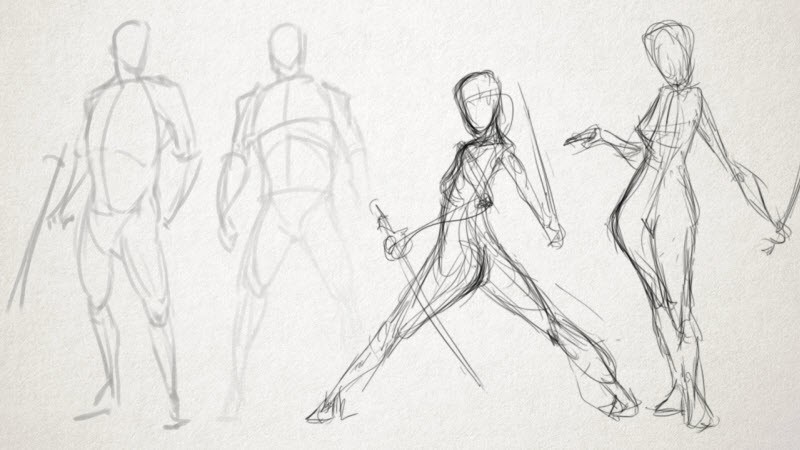
How Can I Incorporate Texture Into My Sketches to Enhance Realism?
To enhance the realism of your sketches, incorporate texture techniques by adding detailed elements. This will create a more dynamic and engaging drawing, capturing the intricacies of the subject matter with precision and accuracy.
 Writing TipsCreative WritingJournalingSketching TechniquesBuying GuidesPrivacy PolicyTerms And Conditions
Writing TipsCreative WritingJournalingSketching TechniquesBuying GuidesPrivacy PolicyTerms And Conditions
